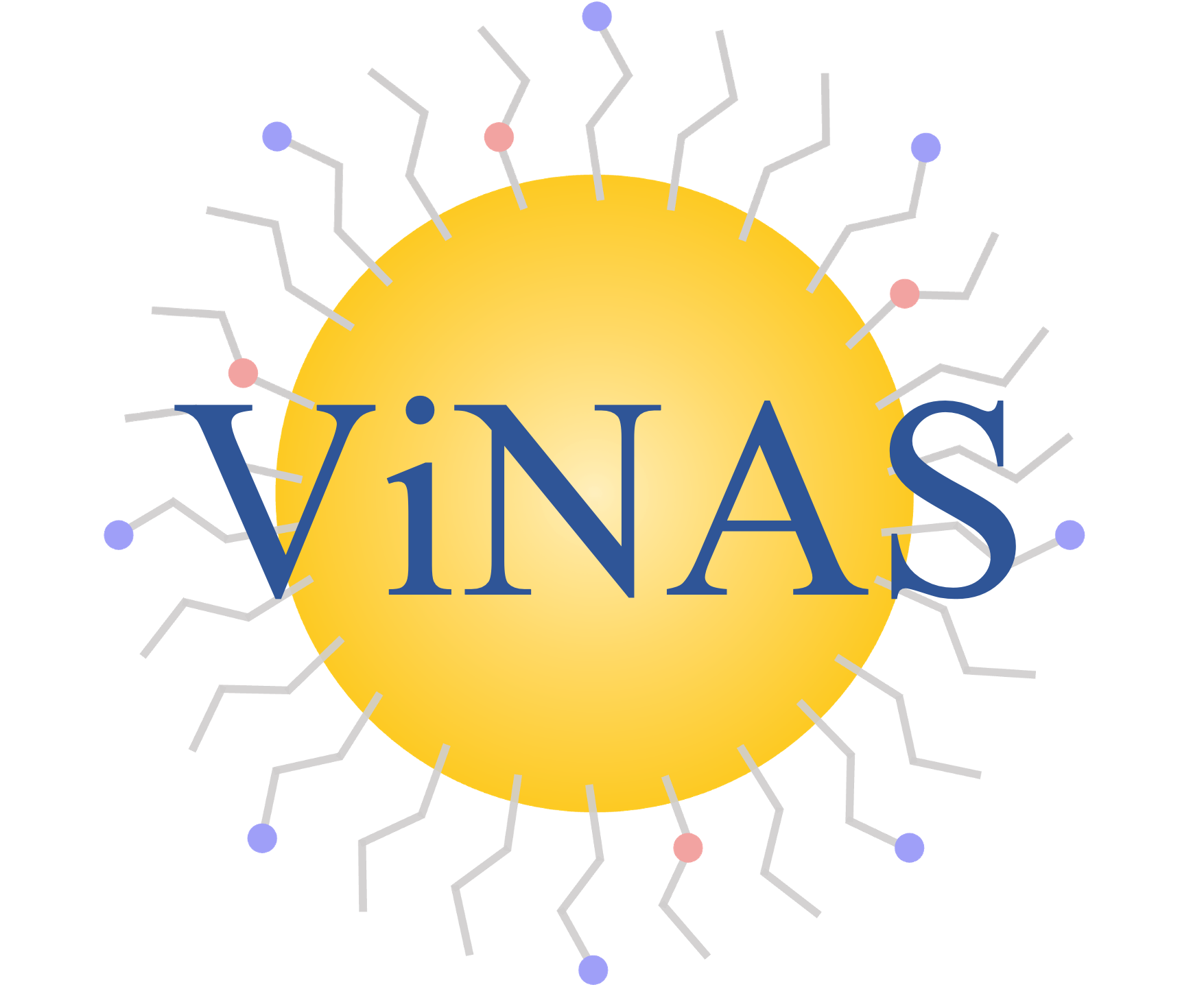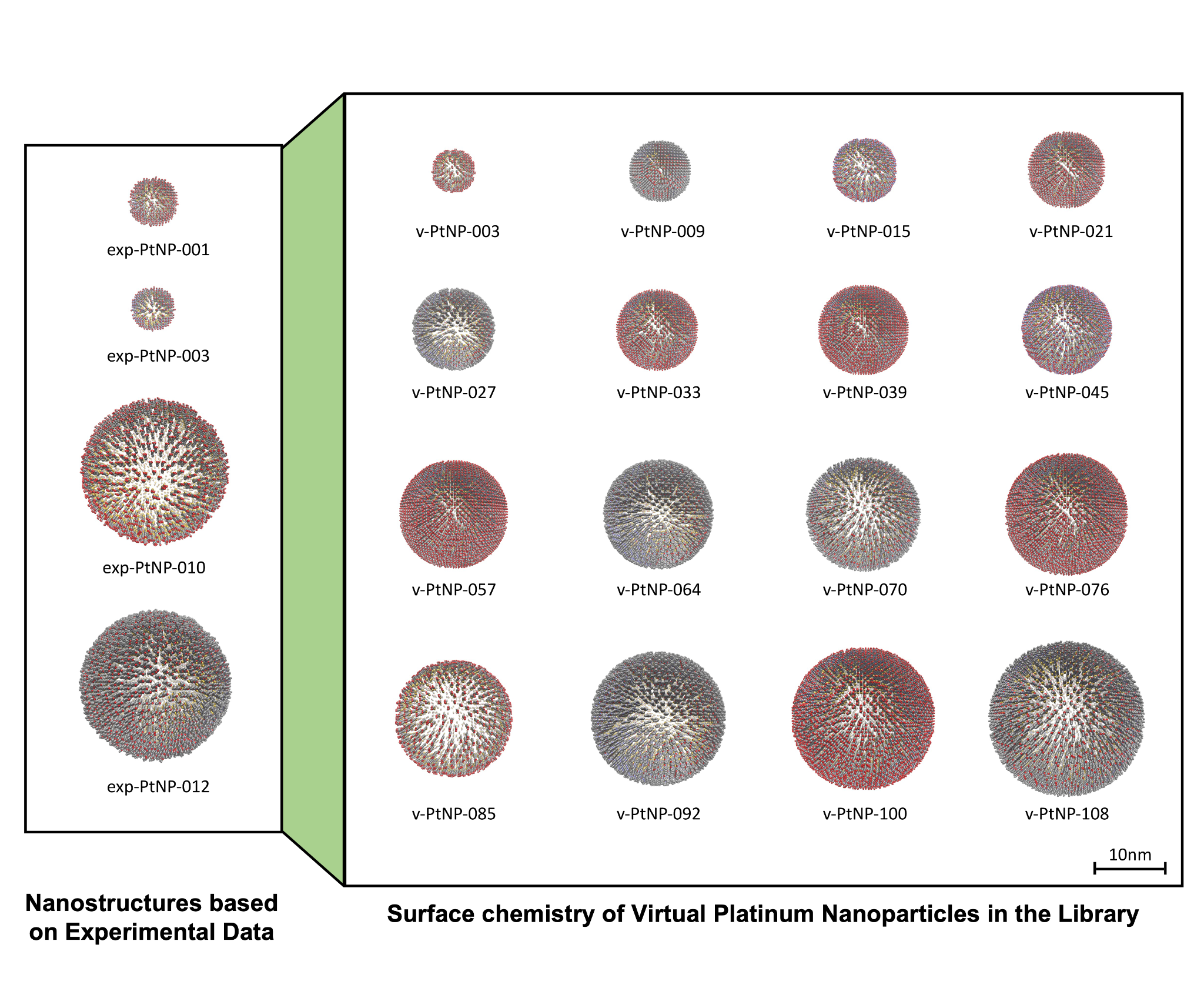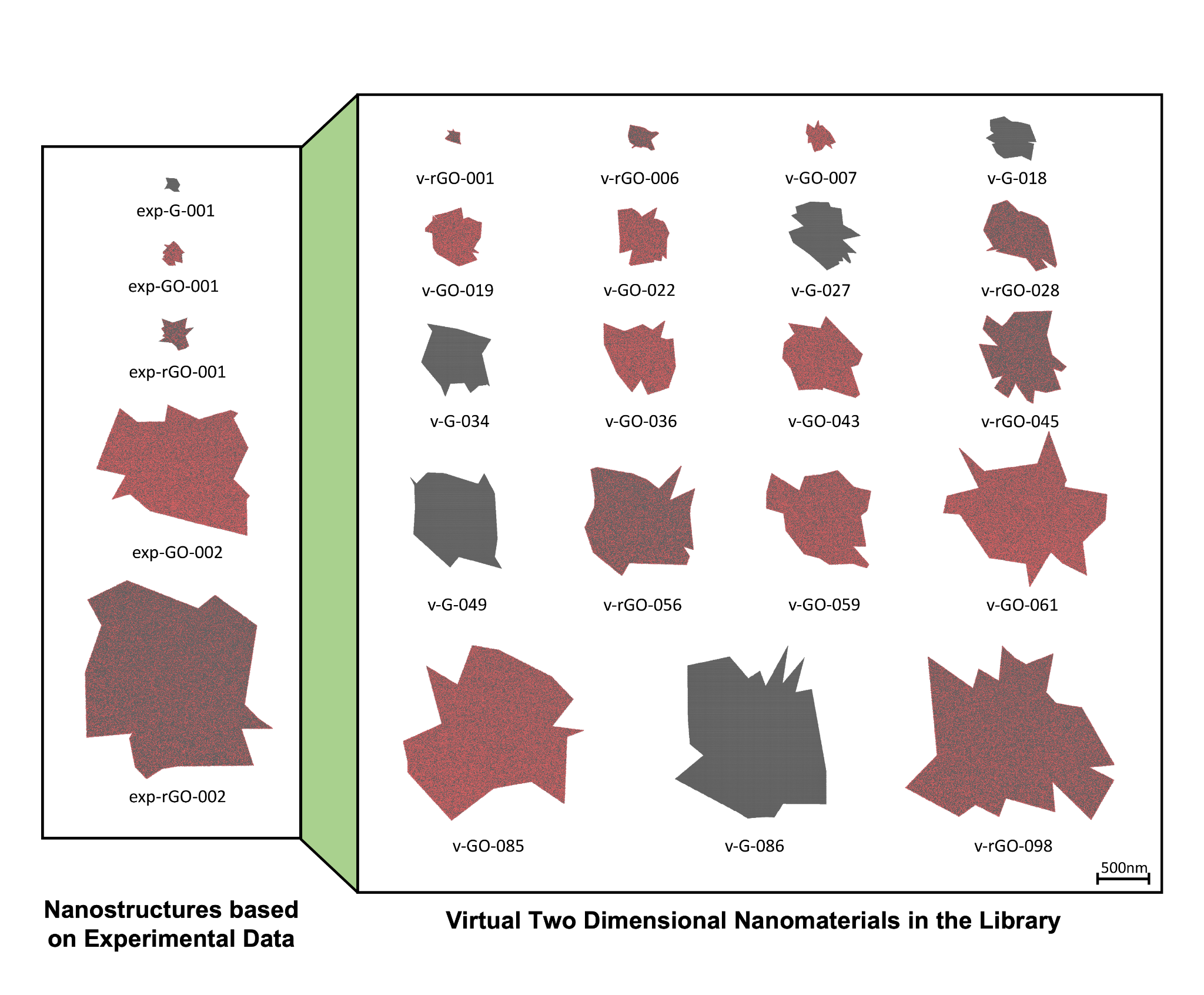 ☰
☰


To facilitate experimental research and reduce the time and cost associated with evaluating new nanomaterials,
a virtual nanomaterial Library is constructed and integrated into ViNAS, consisting of
diverse nanostructures along with predictions of their properties, bioactivities, and toxicities.
In the construction of virtual nanomaterials, we rationalize essential structural parameters, such as
size and surface modification, based on the specific parameters of a limited number of experimentally tested
nanomaterials. The Library consists of two modules:
1. Library Analysis:
Users can access some basic statistics of the library, such as size distribution and principal component
analysis (PCA) of library nanomaterials. Users can also retrieve virtual nanomaterials within the
library and download their annotated nanostructure data, nanodescriptors, and endpoint prediction results.
2. Endpoint Prediction:
Users can access the experimental methods used for relevant endpoint detection, such as nanomaterial
concentration, exposure time, and experimental model. Users can browse the endpoint prediction results for
virtual nanomaterials that have not been synthesized and download the annotated nanostructure data, nanodescriptors,
and endpoint prediction results for these nanomaterials.